A survey by Pew Research Center shows that 58% of people would be curious if they saw a drone flying near their premises, and 45% would be interested, according to Discover Magazine. Drones have gained popularity over the years because of various reasons. They are ideal for capturing breathtaking images and vital tools for media coverage and relief assistance.
With drone technology rapidly developing, drones might save your life in the coming years. For instance, they could help save a person from drowning by dropping a life jacket or other life-saving devices. If you are new to drones, you might wonder how they work. Read on to understand drone technology and how it works.
GPS Modules
Most beginner drones don’t come equipped with GPS, meaning the pilot must rely on visual tracking to determine the drone’s position. However, more advanced unmanned aircraft or UAVs like follow me drones require GPS modules to fly over an interminable distance. The GPS unit fitted in drones works like the GPS navigation system found in vehicles. It gives direction and uses GPS satellites to map a route for the unmanned aerial vehicle to follow.
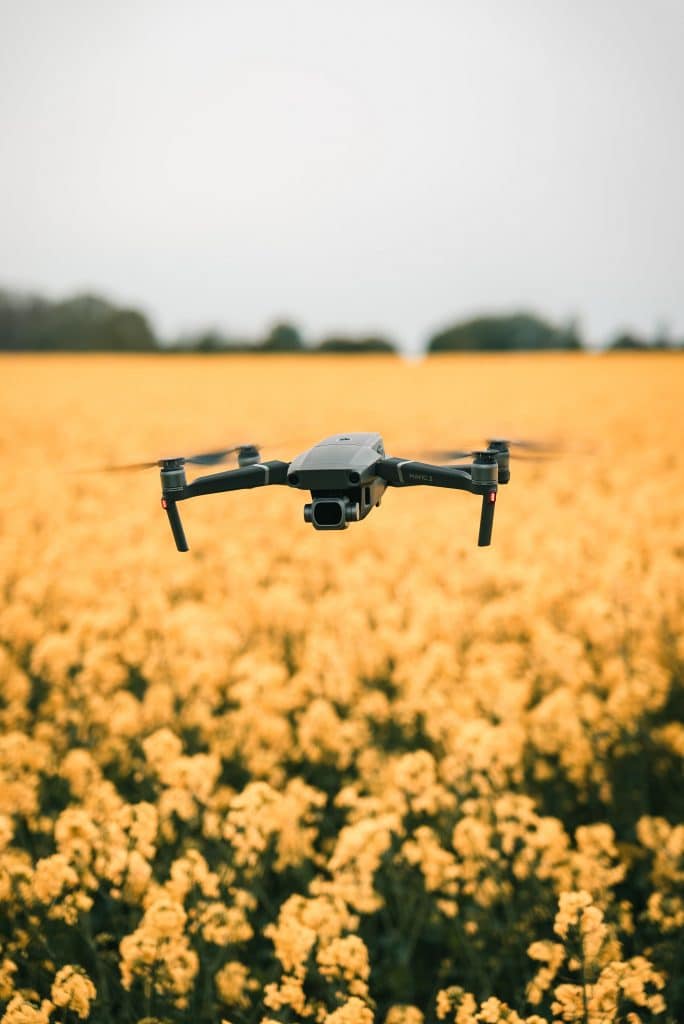
It is important to note that GPS tracking in drones, according to Drone Guru, leaves a margin for error. That is why you should fly your drone in open spaces. Equally important, learn how features like the autonomous flight, return home, and position hold in GPS navigation work. The position hold feature, for instance, enables the unmanned aircraft to maintain stability at a fixed location and altitude. Once you have established a route using GPS, the autonomous flight allows the drone to follow a path on autopilot mode. On the other hand, the return home feature helps the drone to fly back to the location it took off from.
Accelerometer
Accelerometers determine the direction and speed of unmanned aircraft. Although there is a difference between the accelerometer and gyroscope, these sensors work together to change the drone’s position and movement. The gyroscope reads the rotational movements, while the accelerometer reads linear movements along an axis.
The accelerometer also enables the device to remain stable. In addition, accelerometers, together with the GPS navigation system, allow your smartphone to track your route when walking or running.
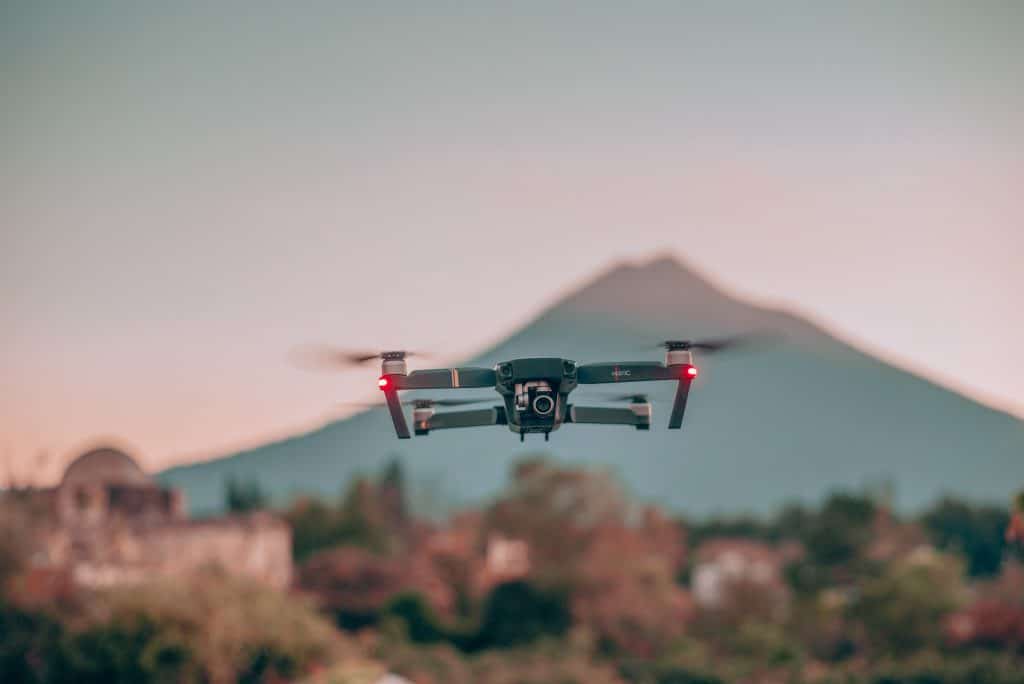
Camera
Drones have in-built cameras that provide an unrestricted view of where the aircraft is flying when you don’t have a direct visual line. They also have mounted cameras that capture quality images in hard to reach areas. The latest UAVs feature 4K cameras, which provide a high resolution for aerial photography and video footage. For a professional application, however, thermal imaging cameras on drones are widely utilized. Using thermal imaging sensors and cameras, pilots can detect heat zones and display them for the naked eye to view.
Drones are versatile devices you can use for fun and commercial reasons. With the power of wireless network connectivity, these tech gadgets can take aerial photographs or deliver goods. Thanks to technological advancement, the use of drones will dramatically grow.

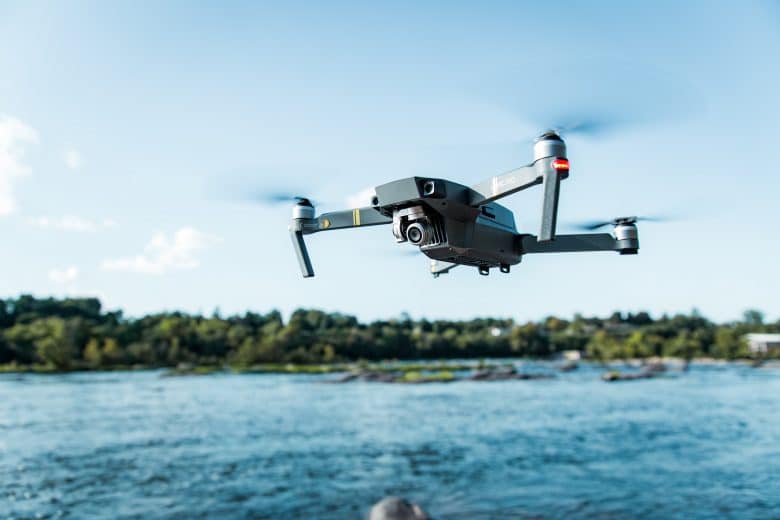









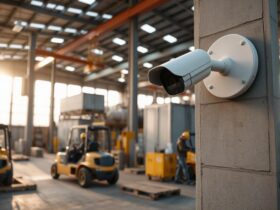
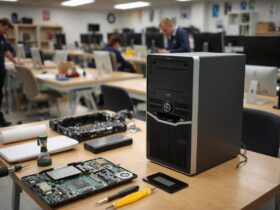
Leave a Reply